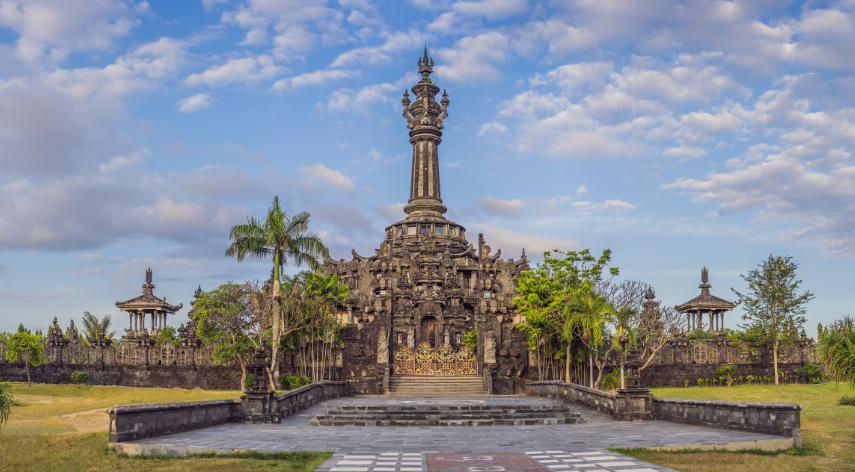Are you familiar with the term “balyavastha ka sandhi vichchhed”? If not, don’t worry; we’re here to shed light on this crucial aspect of health and well-being. In a world where our bodies are constantly changing, understanding balyavastha and its potential disruptions is essential for maintaining optimum health. Let’s dive into the realm of balyavastha ka sandhi vichchhed and explore why it’s an important topic to discuss.
What is balyavastha and why is it important?
Balyavastha, also known as childhood, is a crucial phase in every individual’s life. It marks the beginning of growth and development, laying the foundation for future health and well-being. During this period, children experience rapid physical, mental, and emotional changes that shape their adulthood.
Childhood is a time when habits are formed, learning takes place at a rapid pace, and relationships are established. The experiences during balyavastha can have a lasting impact on an individual’s overall health and success in later years.
It is important to pay attention to balyavastha because it provides a unique opportunity to nurture healthy behaviors, ensure proper nutrition, and address any developmental challenges early on. By investing in the well-being of children during this critical phase, we set them on the path towards a fulfilling and prosperous life ahead.
Signs of balyavastha ka sandhi vichchhed
Do you ever notice your child struggling with physical activities that their peers find easy? Signs of balyavastha ka sandhi vichchhed, or early joint degeneration in children, may manifest as limited mobility and stiffness. It’s essential to pay attention to any unusual signs like difficulty in walking, running, or even sitting comfortably.
Children with balyavastha ka sandhi vichchhed may experience pain or swelling around their joints, hindering their daily activities. Keep an eye out for any abnormalities in your child’s posture or gait that could indicate joint issues at a young age.
If you notice these signs persisting or worsening over time, it is crucial to consult a healthcare professional for proper diagnosis and treatment. Early intervention can help alleviate symptoms and prevent further joint damage in the long run.
Common causes of balyavastha ka sandhi vichchhed
The common causes of balyavastha ka sandhi vichchhed can vary from genetic factors to lifestyle choices. Genetics play a significant role in the development of this condition, with some individuals being more predisposed than others. Additionally, poor posture and lack of physical activity can contribute to the deterioration of joint health over time.
Injuries sustained during childhood or adolescence can also lead to balyavastha ka sandhi vichchhed later in life. These injuries may not manifest immediately but can have long-term implications on joint function and mobility. Furthermore, certain medical conditions such as arthritis or osteoporosis can exacerbate the symptoms of balyavastha ka sandhi vichchhed.
Moreover, nutritional deficiencies and unhealthy eating habits can weaken bones and joints, making them more susceptible to damage. Inadequate intake of essential nutrients like calcium and vitamin D can impact bone density and overall joint health. It is crucial to address these underlying causes to prevent or manage balyavastha ka sandhi vichchhed effectively.
Treatment options for balyavastha ka sandhi vichchhed
When it comes to treating balyavastha ka sandhi vichchhed, there are several options available based on the severity of the condition. One common treatment is physical therapy, which focuses on improving flexibility and strength in the affected joints. This can help reduce pain and improve overall function.
In some cases, medications such as nonsteroidal anti-inflammatory drugs (NSAIDs) may be prescribed to manage pain and inflammation associated with balyavastha ka sandhi vichchhed. These medications can provide temporary relief while other treatments take effect.
For more severe cases, surgical intervention may be necessary to repair damaged joints or ligaments. Surgery is usually considered a last resort after other conservative treatments have been exhausted.
Additionally, lifestyle modifications such as maintaining a healthy weight, staying active, and avoiding activities that exacerbate symptoms can also help manage balyavastha ka sandhi vichchhed effectively. It’s important to consult with a healthcare professional to determine the best treatment plan for your individual needs.
Tips for preventing or delaying balyavastha ka sandhi vich
Incorporating healthy habits into your daily routine can help prevent or delay balyavastha ka sandhi vichchhed. Here are some tips to keep in mind:
1. Maintain a balanced diet rich in nutrients that support bone health, such as calcium and vitamin D.
2. Stay physically active with regular exercise to strengthen muscles and improve joint flexibility.
3. Practice good posture to reduce strain on joints and prevent unnecessary wear and tear.
4. Avoid activities that put excessive stress on the joints, such as repetitive high-impact movements.
5. Listen to your body’s signals and seek medical attention if you experience persistent joint pain or stiffness.
By taking proactive steps to care for your musculoskeletal system, you can promote healthy aging and minimize the risk of balyavastha ka sandhi vichchhed impacting your quality of life. Remember, prevention is always better than cure when it comes to maintaining optimal joint health at every stage of life!
